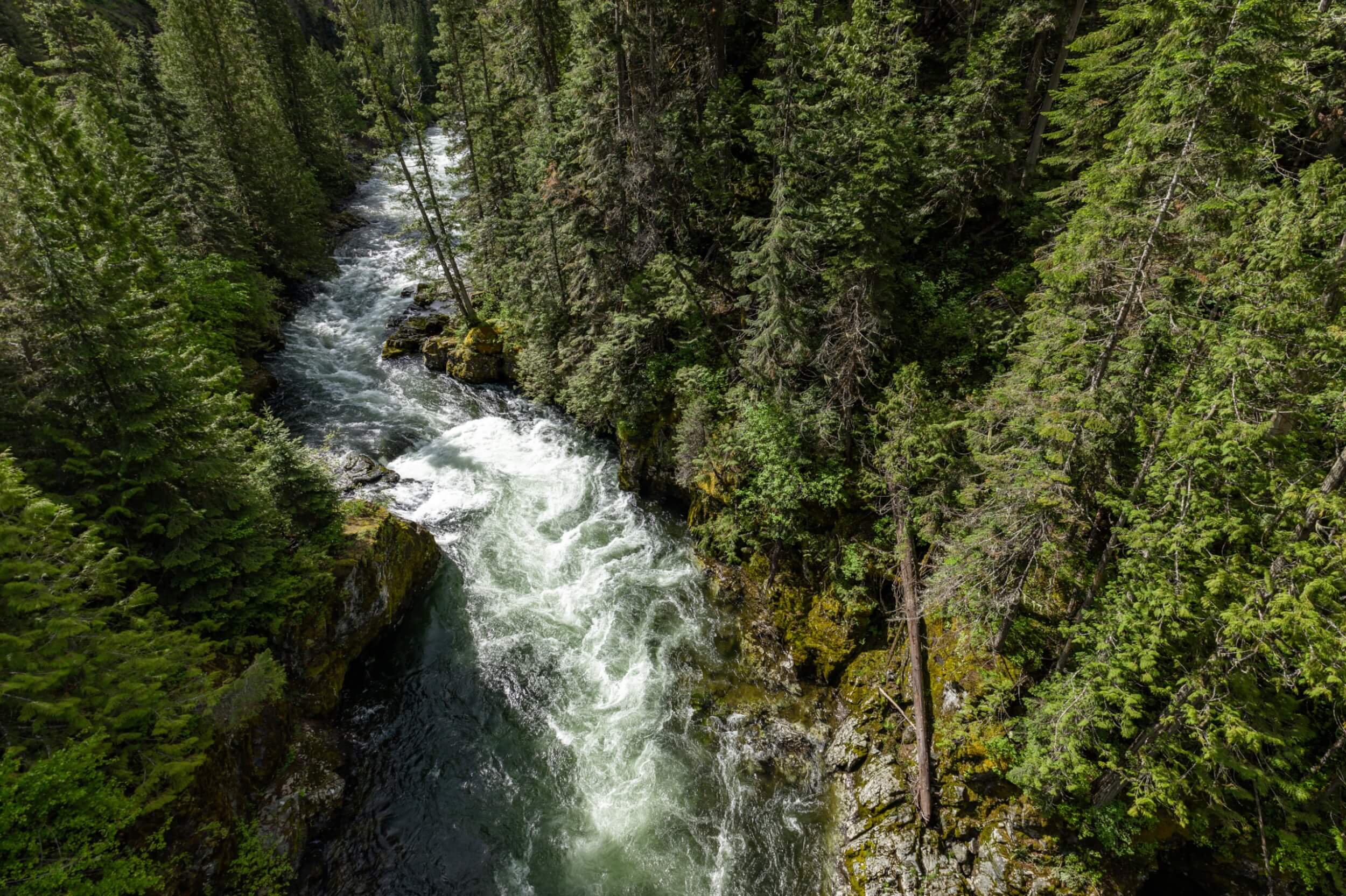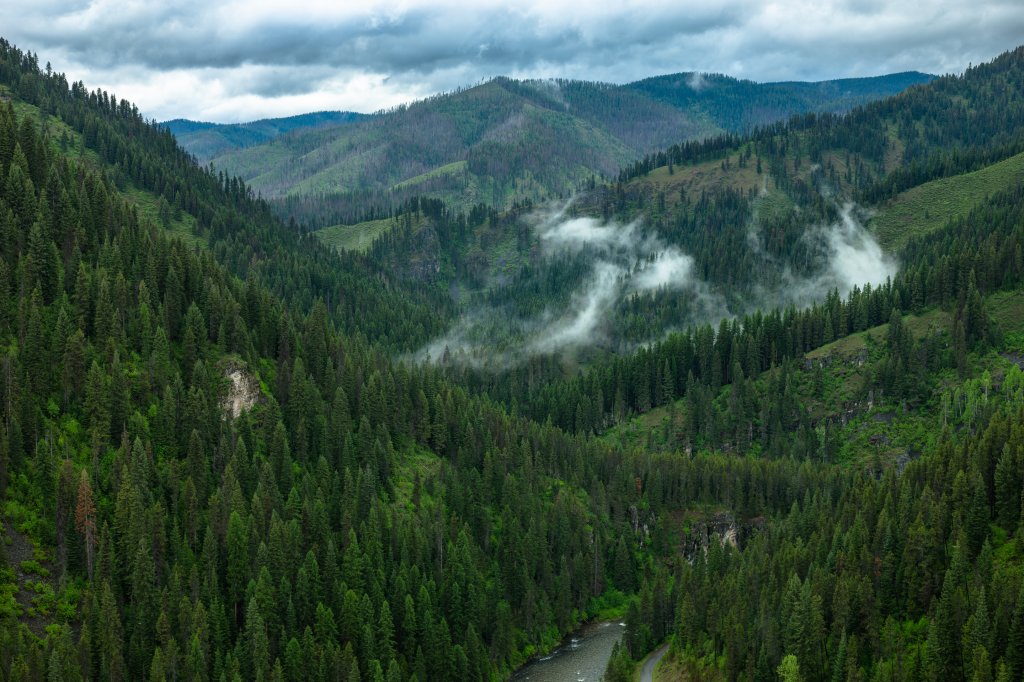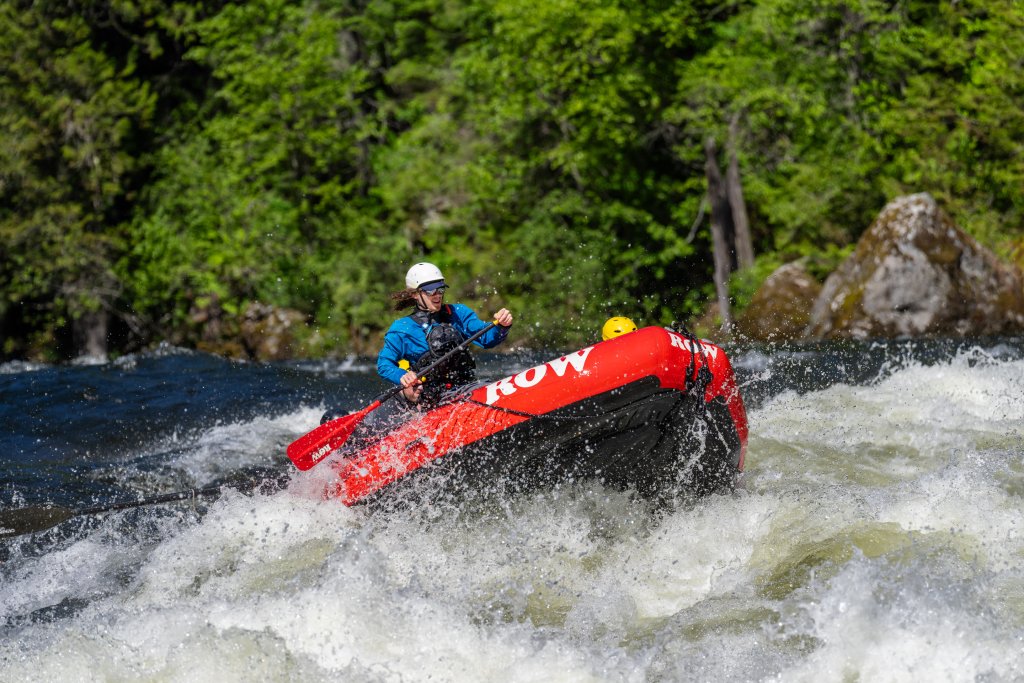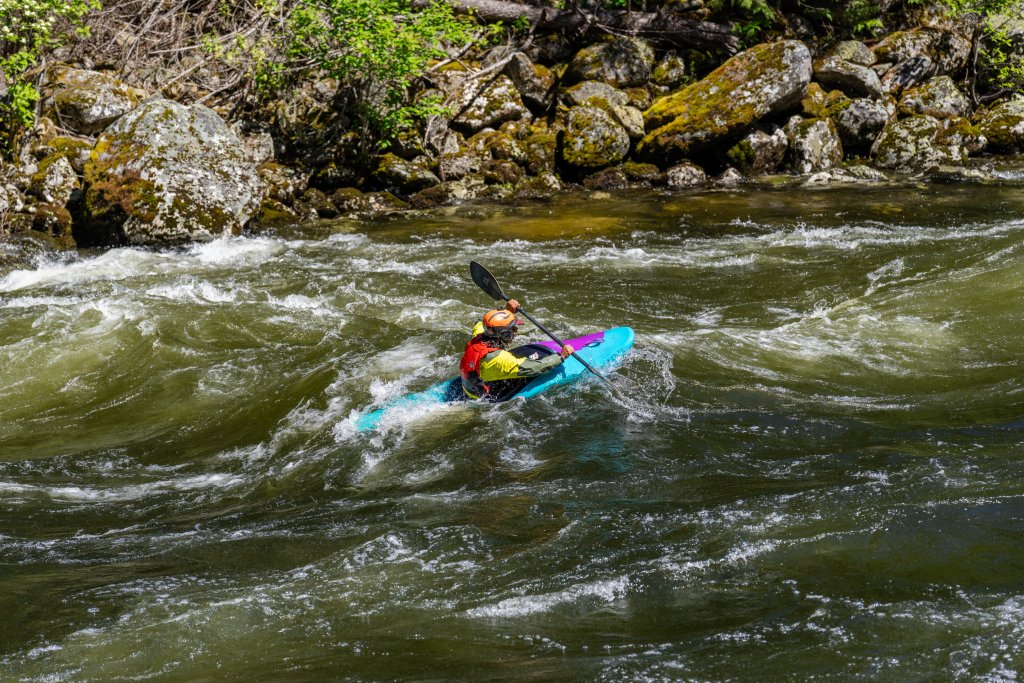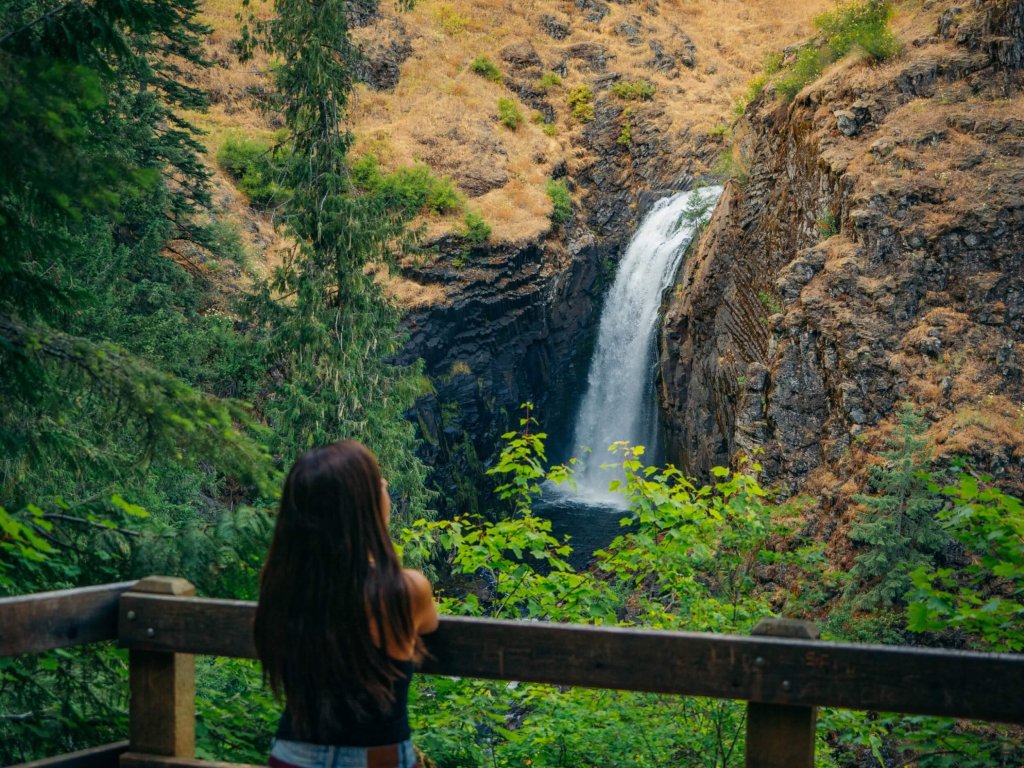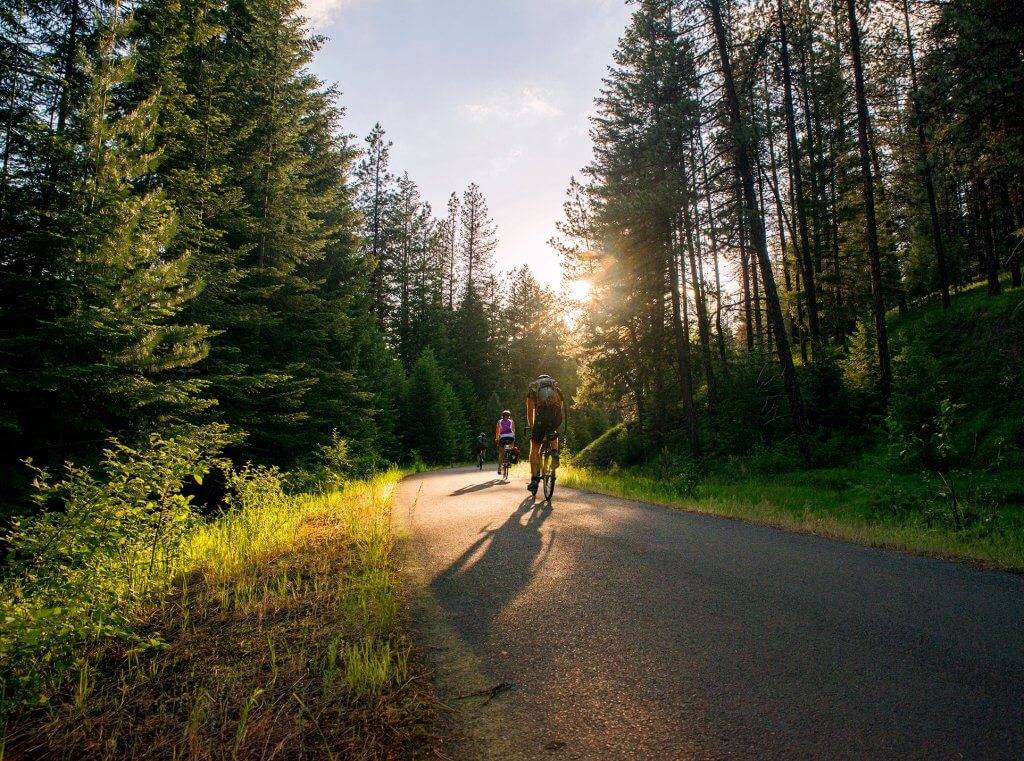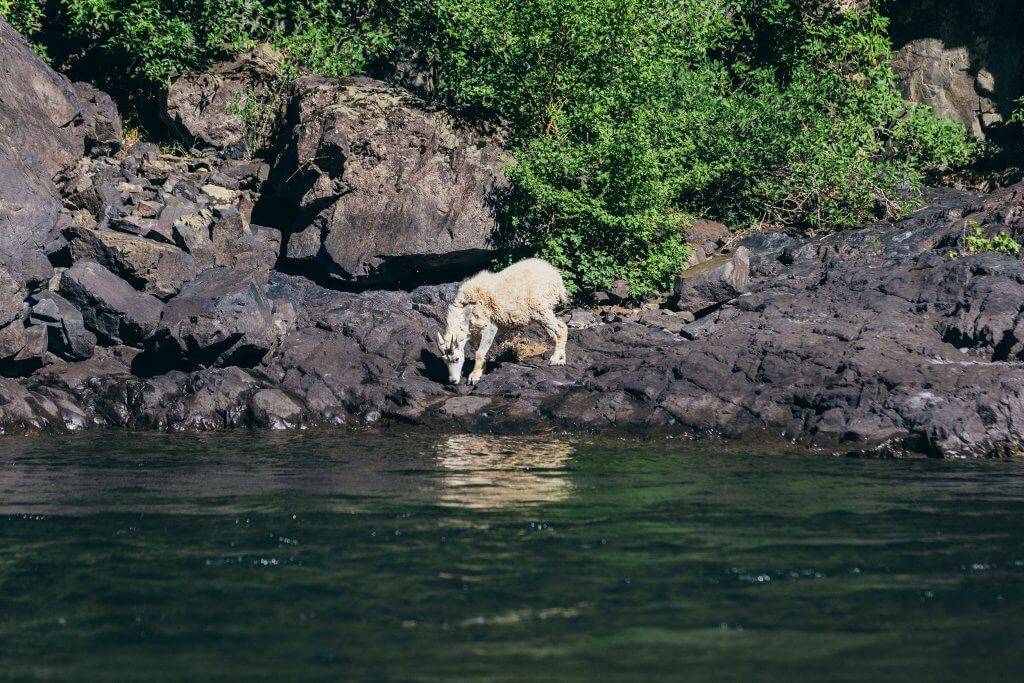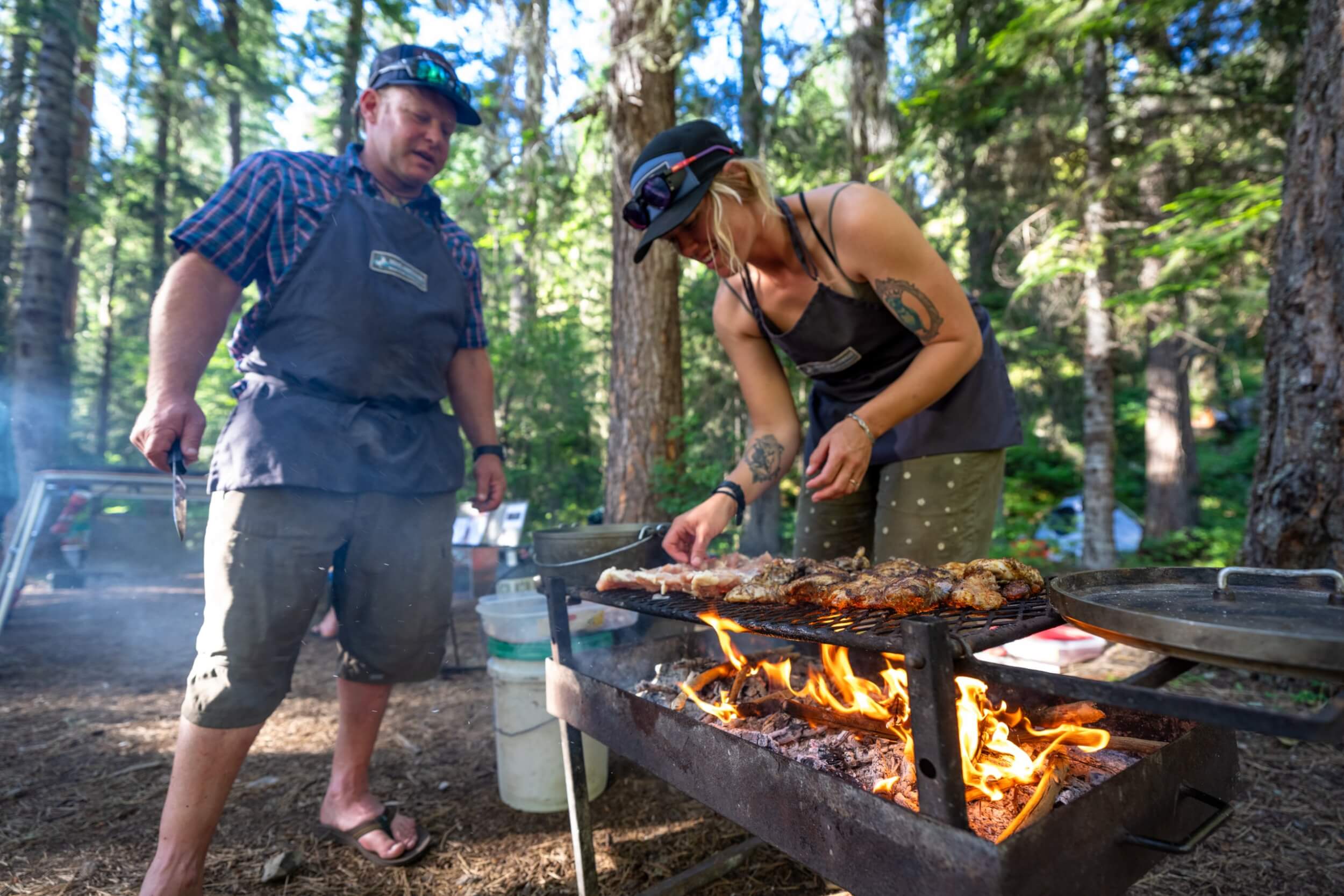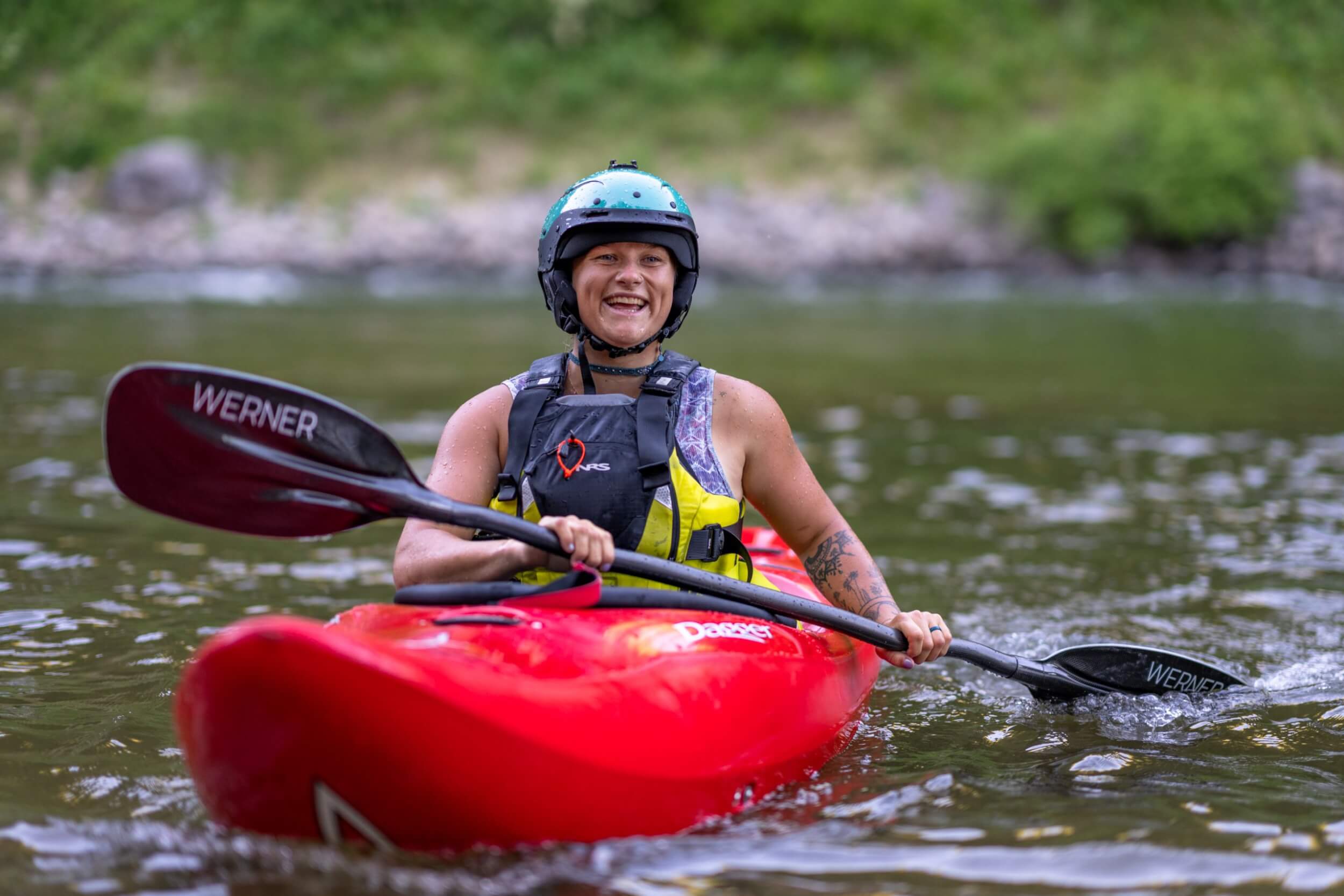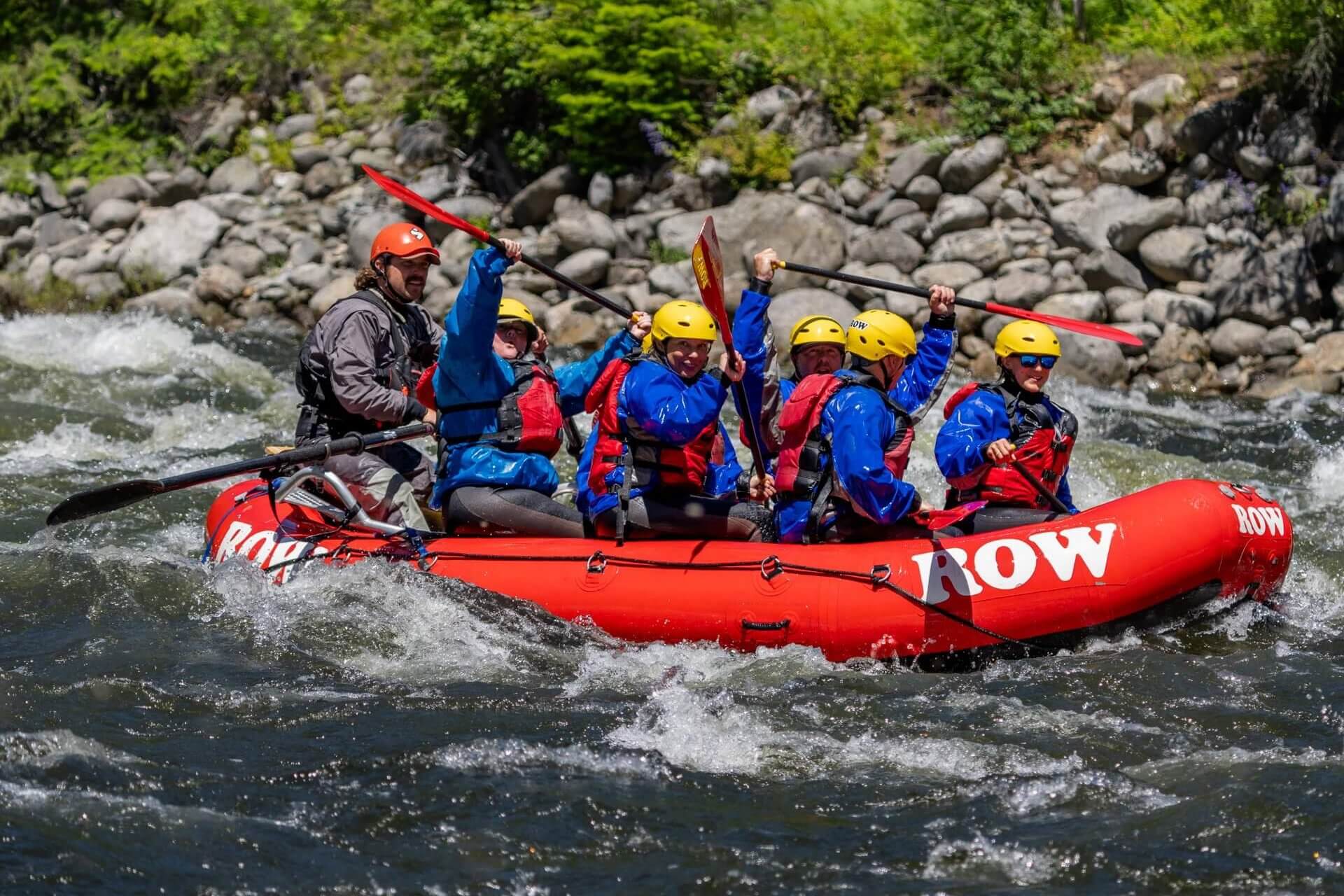
ST. JOE RIVER MAP
Serious whitewater enthusiasts, don’t miss this river. Remote and peaceful, zen takes over once you’ve mastered tight turns and steep drops through technical rock gardens along the St. Joe River. Brace for a brilliant rush of rapids and breathtaking nature, with old-growth forests framing the river’s paths you funnel through jagged rocks.
Nearby Points of Interest
- St. Maries
- Plummer
- Cataldo
- Clarkia
- Harrison
- Coeur d’Alene
- Coeur d’Alene’s Old Mission State Park
- St. Joe River Scenic Byway
- Sandpoint
